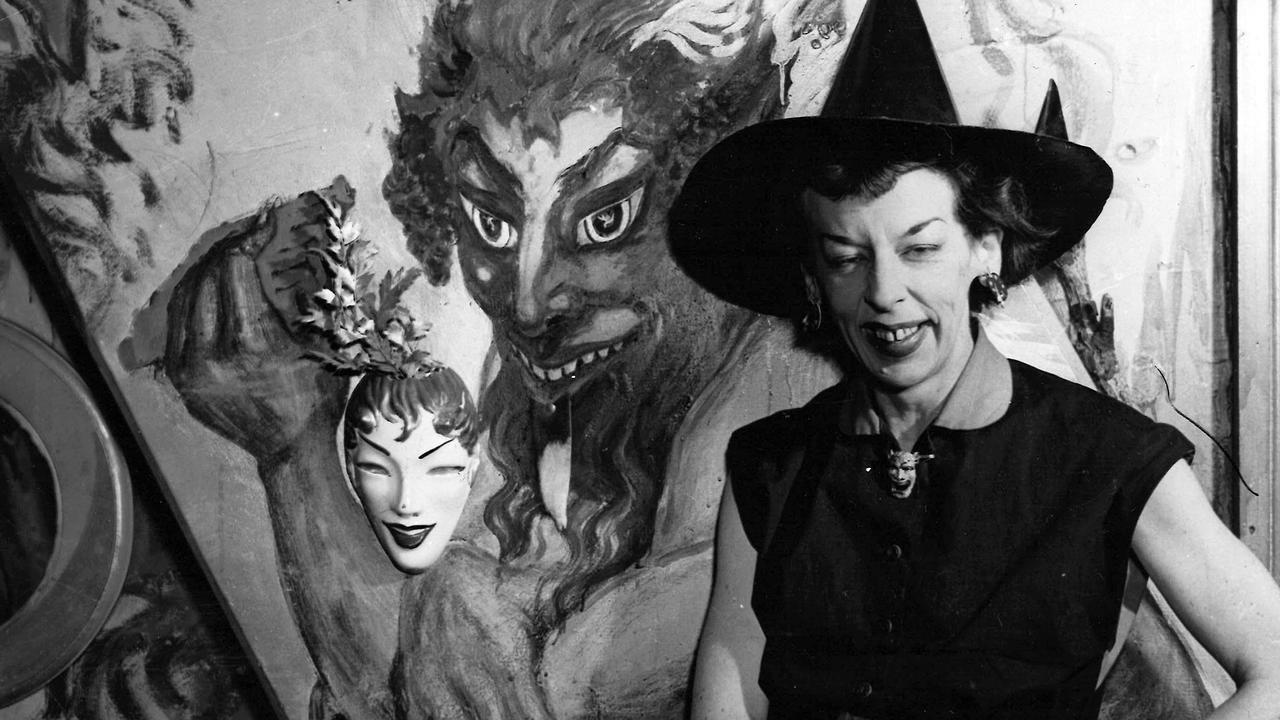How a bush preacher became a virtual POW in his own country
As young Aussie men fought in the trenches of WWI, a rural Queensland pastor found himself locked up in his own country.
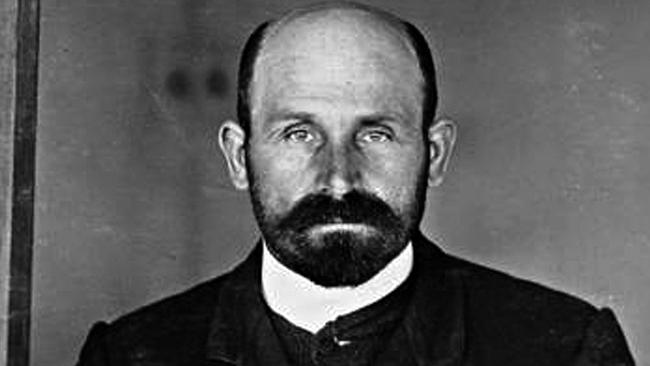
In Black and White
Don't miss out on the headlines from In Black and White. Followed categories will be added to My News.
When Pastor Christian Seybold was accused of preaching pro-German sentiments to his congregation in 1916, it mattered little that he was the beloved linchpin of his small Queensland community.
He was arrested, separated from his wife and four Australian-born children and sent to a “German concentration camp” in Sydney, where he lived until it became too much to bear.
Pastor Seybold’s internment during World War I is the subject of a new episode of the free In Black and White episode on Australia’s forgotten characters:
His story is told by Helen Goltz and Chris Adams in the latest edition of their Grave Tales book series: Scenic Rim & Surrounds Queensland.
Pastor Seybold was well established in the community of Dugandan in Queensland’s Scenic Rim, having arrived in Australia 11 years earlier on his first mission with the Lutheran church.
His future bride, Martha, joined him in Australia the year after the pastor emigrated, and they married just six days after she arrived.
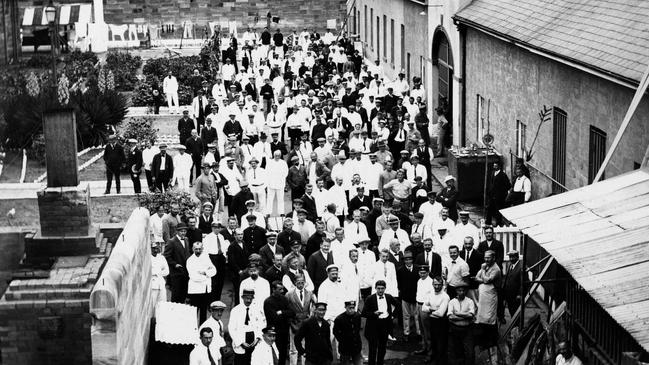
The couple welcomed four children over the following few years, and in 1912 Pastor Seybold became an Australian citizen.
Initially, Pastor Seybold delivered Lutheran services in Mount Alford’s School of Arts.
But in 1908, the pastor and the community decided to build a church, funded by generous community donors.
However, after World War I erupted in 1914, anti-German sentiment grew steadily throughout Australia.
“This area was full of families who’d sent sons and daughters to war, so it was an emotional and frightening time,” Helen says.
“And it was full of German settlers, and you can imagine that they would have families in Germany still who they’re at war with, so it was … a time of high emotion.”
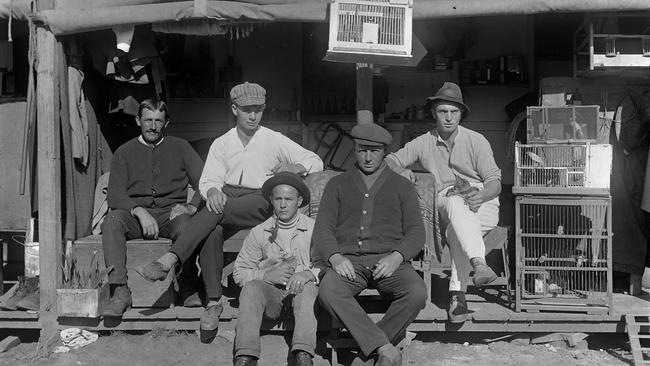
Helen says there is no evidence or records to show who began the campaign against Pastor Seybold, or its validity.
“There were rumours that other people and other pastors from other communities were sympathisers as well; some of them were actually interned, not just Pastor Seybold, so it was very much a hotbed of xenophobia and fear,” Helen says.
It was alleged Pastor Seybold encouraged his congregation to pray for the success of the German army, and decorated his church in black after the success of an Allied battle.
But Helen says the black drapes can easily be explained – they were traditional cloth colours for a church service called the Day of Humiliation and Prayer.
“And, of course, somebody was saying that he was encouraging and praying for (the Germans), and celebrating victories in church, but it was all hearsay,” she says.
Pastor Seybold was sent to Holsworthy internment camp, on the outskirts of Sydney, where 4000 to 5000 internees were housed.
“It was actually called a concentration camp,” Helen says.
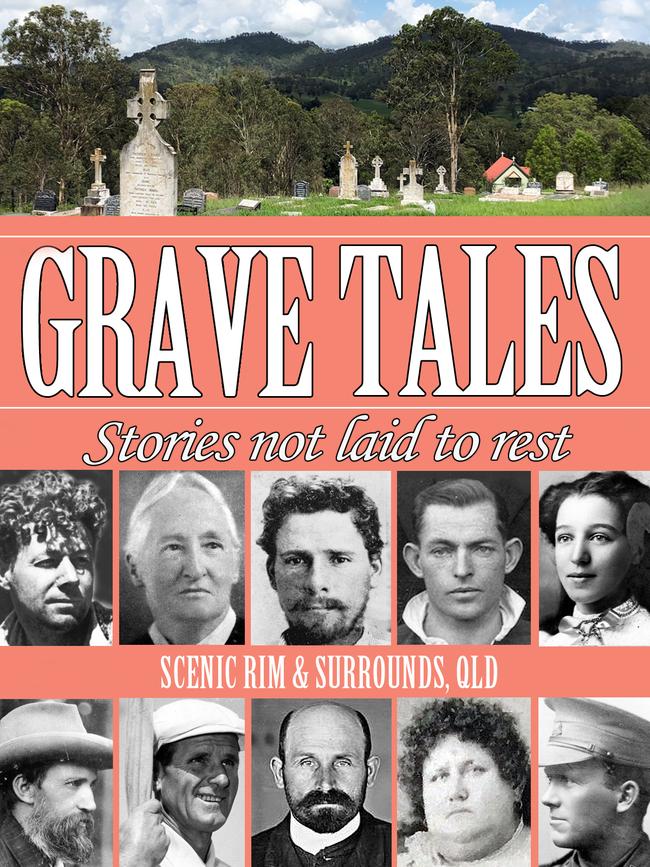
Holsworthy was said to be the harshest camp, with strict rules and tough conditions, resembling a prison.
After three years separated from his wife and four children — who had remained in Queensland — Pastor Seybold was fed up.
His records show he requested to be denaturalised and deported and the entire family was sent back to Germany in 1919.
They moved to the US in 1921, and Pastor Seybold’s Australian-born son, Gotthilf, served with US forces in Germany in World War II. The pastor died in the US in 1945, aged 66.
Listen to the interview about Pastor Seybold with Helen Goltz in the In Black and White podcast on iTunes, Spotify or web.
See In Black & White in the Herald Sun newspaper Monday to Friday for more stories and photos from Victoria’s past.
Buy the book here.




